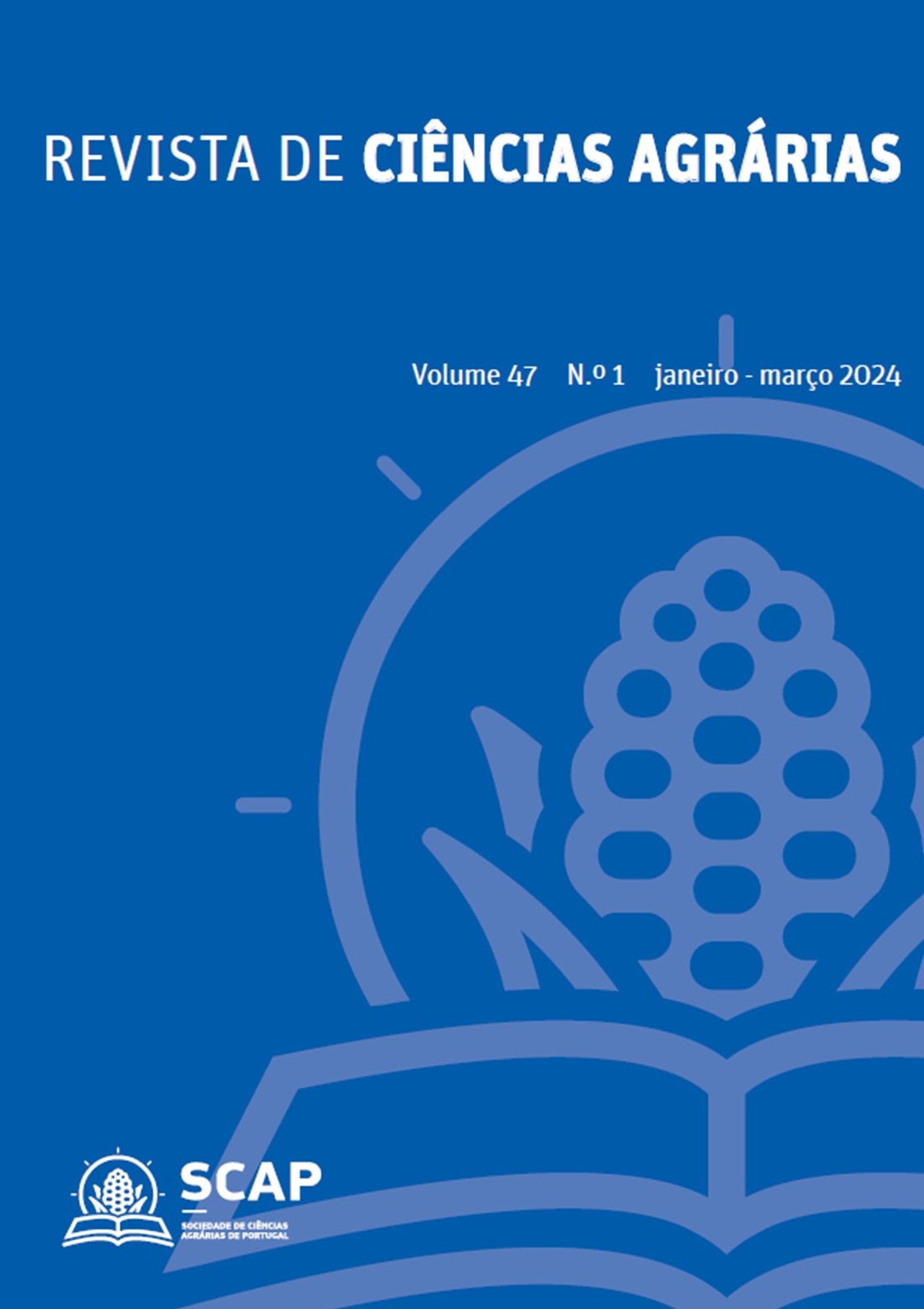Field test on the generation of weed maps with UAVs and the variable rate spraying of herbicides in maize
DOI:
https://doi.org/10.19084/rca.34975Abstract
Currently, there is technology available to develop treatments at variable rates on crops. The difficulty is to properly identify the weed species and thus be able to adjust the doses of herbicide to the species present at each point of the plot. For this reason, the objective of this work is to carry out a field trial to study the potential of the integration of the available technology: remote sensing using UAV and image analysis, design of variable application maps based on IPMWise recommendations and finally, application with a sprayer capable of applying variable rates nozzle by nozzle. The trials were carried out in two corn fields located at NE Spain. A pre-emergence treatment was carried out with different products to force variability and subsequently, a UAV flight at 40m height using an RGB camera and a multi-spectral camera. AgrisoftPhotoscan software was used to align the images and they were processed using an advanced OBIA algorithm. The dose of herbicide to be applied was calculated according to species and density using the IPMwise DSS for a 1x1m2 grid and the generated map was loaded into an AGRIFAC Condor sprayer. Considering a treatment threshold of 1 plant/m2, herbicide savings of more than 38% were achieved. The effectiveness evaluation was 22 days after the treatment and it was found that the efficiencies obtained were in line with those predicted, although in areas with very low density, no weeds were detected within the crop line.


